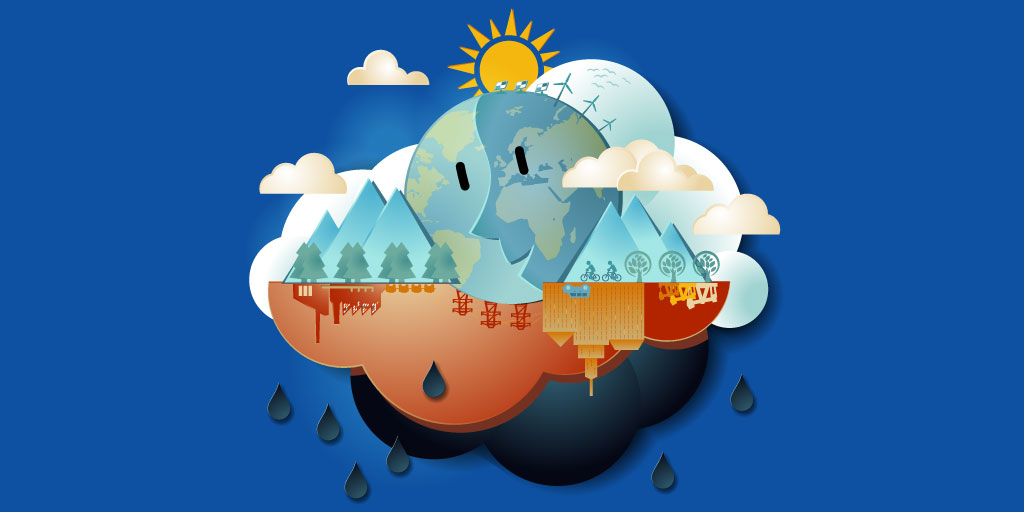
Teachers try to balance many different elements while planning lessons. Content standards, interest level of students, high levels of rigor, prior knowledge, and empowering and engaging student learning all play a role as teachers are determining how to structure a lesson. As teachers think about increasing relevance in the classroom and applying critical thinking strategies, they can look no further than the current debate about climate change in our world—a topic that meets most, if not all, of the criteria listed above.
Because of the nature of the debate surrounding climate change and how politicized it has become, this can be a topic that teachers steer clear of in the classroom. Teachers who tend to avoid controversies that result in parent phone calls and letters to the editor might be leery of a topic like this. It also might seem like a topic left solely for science teachers. But regardless of a teacher's comfort level or content area, there is room in every classroom for engaging and timely topics such as this.
Getting Started
When it comes to this topic, there are two approaches you may want to consider. The first is a general information gathering and overall analysis of the topic, while the second a more in-depth, and possibly heated, analysis—no pun intended!
Let’s start with the more basic approach. The teacher might start simply by asking, “What does climate change even mean?” By starting with a definition, the teacher can get a collective classroom understanding of what the topic means. This doesn't mean teachers believe it's happening or not, but merely defining what exactly is being talked about in the first place. This could be enough to engage students in thinking deeply about a topic that they might have an opinion about, but not a firm grasp on the topic itself.
And as teachers circle back to all the factors of planning—always thinking about relevance for students—we need to ask ourselves and our students what impact climate change will have on us and our neck of the woods. For example, rising oceans don’t feel that important to those of us living in Kansas. As a localized relevance is brought forward, it will bring all of the subject matter to a direct impact level of the students’ lives. Consider what would happen if winters were warmer, the impact on animals in the area, and whether local crops would still be able to grow if conditions were altered by climate change.
Taking a Deeper Dive
If teachers really want to dive into the topic beyond this, their next step would be to make climate change real on a micro level. The assumption here is that if we can impact a small ecosystem, we can see the results of what changes in climate really mean.
One basic idea for this would be to monitor fluctuations in temperature and observe the impact that it has. By using the engaging Labdisc portable STEM lab, students can monitor minor changes in the temperature of a small ecosystem like a fish tank, an outdoor space, or an incubation chamber. Students can design experiments based on the theory of climate change to see what kind of impact small changes in the temperature have on different animals and plants.
Students can also use Labdiscs to do a glacier melting simulation in the classroom. Climate change tells us that only small changes in the temperature of the ocean water results in ice caps melting and the ocean rising. A simple simulation with increasing water temperature and the effect it has on ice cubes in a beaker can show the students a real-life example of what happens.
Continuing the Conversation
These types of experiments show students how changes in climate impact ecosystems, but for students to really get the global idea of what is going on, they will probably have to dig into some research. This step requires some accurate and factual surface-level knowledge. If a teacher really wants to engage students in a classroom discussion/debate or research study about climate change, this would be the place to start. The NASA site has some good factual information, as does Common Sense Education. Because of the controversial nature of the topic, I would encourage teachers to take great care when providing links to students. The more factual and research-based the links are, the better.
We want students to think and engage in their content, and climate change is a topic that checks all the boxes. It is current, it is engaging, it impacts our lives directly, and it has many facets so students can consider the topic on all different levels.
Want to learn more about incorporating hands-on learning and experiments into your STEM and STEAM education? Check out our STEM resource page.>>


